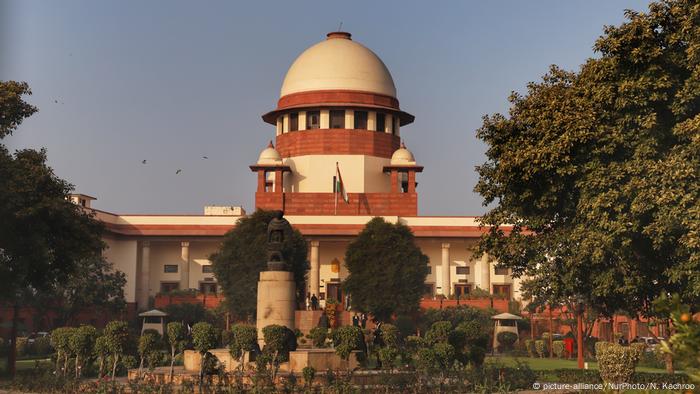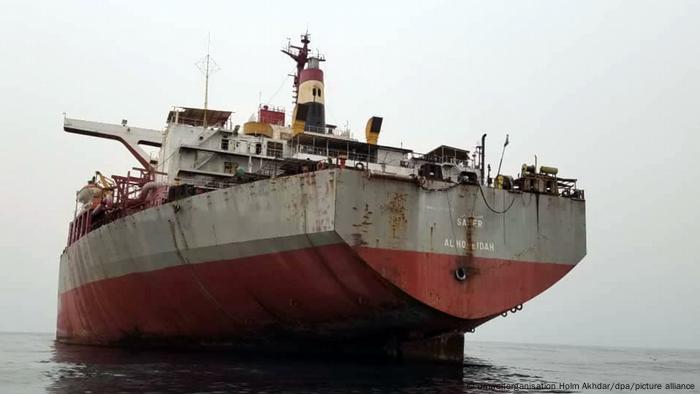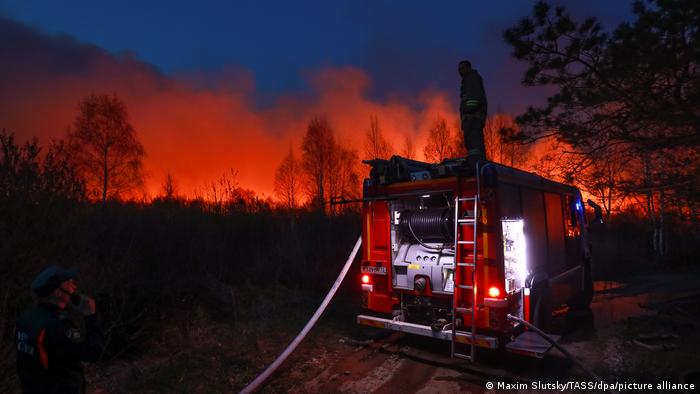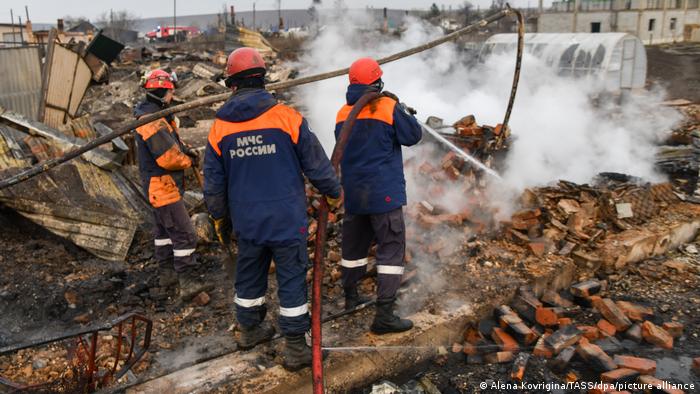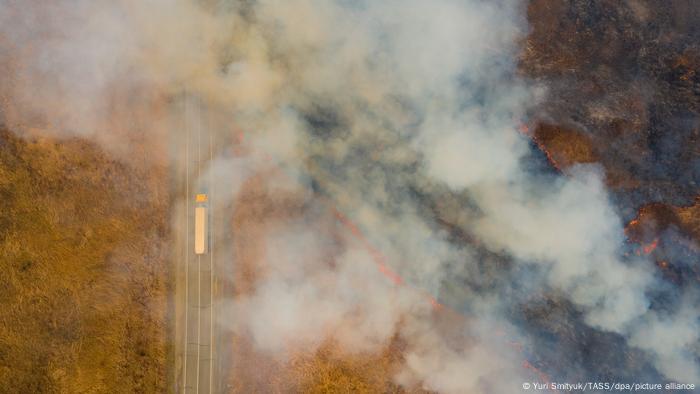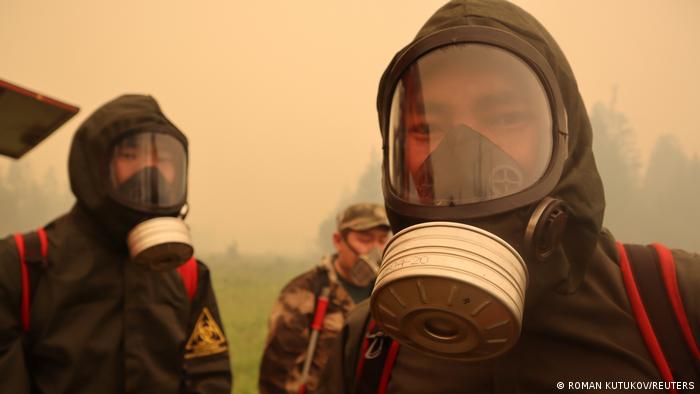Huge Canadian white diamond sells for $20.9 million in Hong Kong online auction
CDN DIAMOND FETCHES $21M

A rare white 102.39-carat oval diamond mined in Canada has been sold in Hong Kong for the equivalent of $20.9 million.
Sotheby's says the diamond's new owner, an unnamed collector in Japan, named the stone the "Maiko Star" for his second daughter after he won it with a bid made by phone to the auction house's Hong Kong location.
It says the same buyer last year named another important diamond from Sotheby’s the "Manami Star," after his eldest daughter.
The diamond sold Monday was cut from a 271-carat "rough" discovered by De Beers Group at its Victor Mine in northern Ontario in 2018. The mine opened in 2008 and is now being decommissioned.
Sotheby's says the diamond was offered without a reserve price, a first for a lot of its importance and value, and attracted a flurry of bids, including one for the Canadian equivalent of $14.6 million, the highest bid ever placed on a jewel from an online bidder.
The auction house says the diamond was "perfect according to every critical criterion," with the highest grade of colour and clarity, putting it in the most chemically pure class of diamonds.
"This extraordinary gem needed no help from a pre-sale estimate or reserve to reach its rightful price – just the instinctive desire of collectors to own one of the earth’s greatest treasures," said Patti Wong, chair of Sotheby’s Asia.





